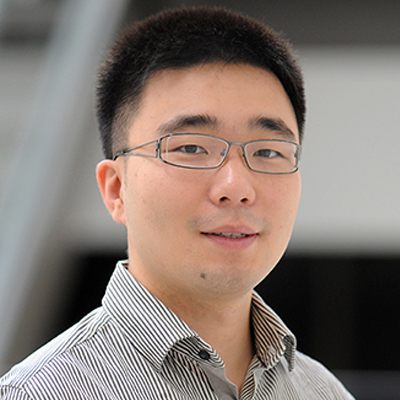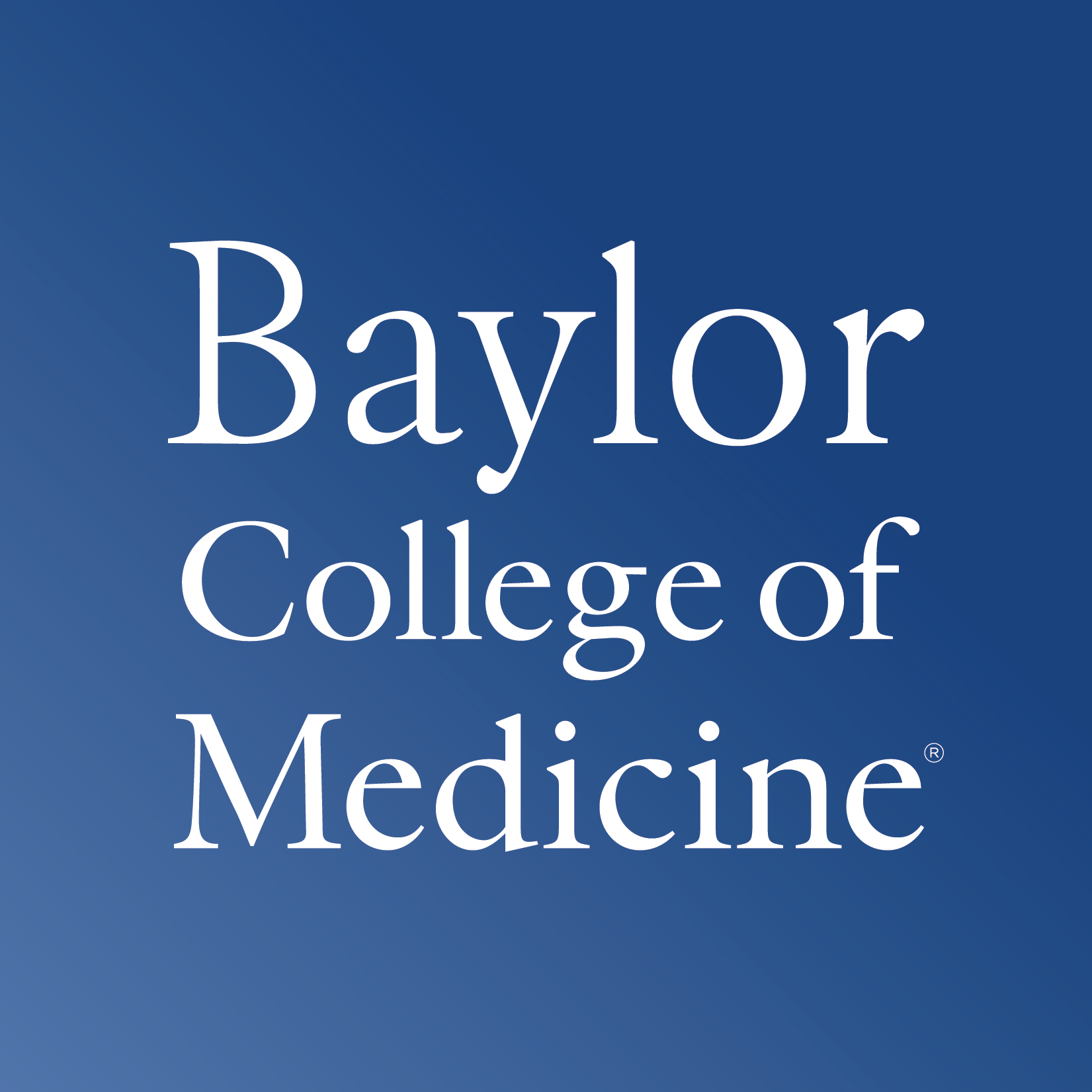Building analytic tools to facilitate research in neurodegenerative diseases and therapeutics
Some patients with Alzheimer’s or Huntington’s diseases show symptoms early in their lives, while some others do not show symptoms until later. This difference is caused by their genetic background, and identifying these genetic modifiers provide potential drug targets whose pathways researchers hope to efficiently block. Dr. Zhandong Liu, Assistant Professor at the Center for Integrated Biomedical Research at Baylor College of Medicine, is working on drug development based on genetic modifiers that naturally occur in our body, using not only fly and mouse models but also mathematics and computer science. As genetic modifier screening is very labor-intensive and therefore expensive, Dr. Liu collaborates with top-notch neuroscientists and clinicians to build graphic models integrating multiple data types that will help advance the understanding of neurological diseases and find therapeutic targets for neurodegenerative diseases, namely Alzheimer’s and Huntington’s.
The internal collaboration between computer scientists, neuroscientists, and experimentalists within the Center facilitates effective research, encouraging feedback between researchers across disciplines inside a single, physical building. Therefore, computer scientists are able to see the experiments and understand how data is achieved, and tune their algorithms to handle the data. Here, Dr. Liu develops computational analytic tools using modern machine learning to help understand the complicated interactions of genes. Trained in both computational and biological sciences, Dr. Liu focuses on topics including genomics, transcription regulation, disease genes prioritization, and machine learning, and often examines problems in these areas using methods and models from computer science, statistics and related disciplines.
Current projects include:
- Map Building: If you want to block a disease passage, how many rows of streets do you need to block to break the disease path? Comparing genetic modifiers to “cities in a map,” Dr. Liu tries to extract the map by analyzing large amounts of data on gene expression profiles, genome sequencing of patients with neurodegenerative diseases, and clinical annotation and brain imaging of patients. He is building a computational model, or network diffusion tools, to estimate an accurate map and trying to use the map to identify therapeutic intervention points. By acquiring data of what the map looks like, enhancing the map, and analyzing the map to create solutions based on known genetic modifiers, Dr. Liu is able to extract the complicated interdependence of genes and delay the progression of diseases.
- Predicting Genetic Modifiers: Using screening results and estimating a map, Dr. Liu develops models to extrapolate the partial information of genetic modifiers to the rest of the genome. Although abundant, the data that biologists work with still only comprise of about 5% of the genome in the midst of a couple thousand candidates, and is limited in representing the entire genome data. To probe every single gene in the genome, however, is impossible. Therefore, Dr. Liu is looking for ways to accurately and efficiently investigate the genes predicted to be highly effective in modifying the disease, and extrapolating the data onto others.
- Blocking Passages: Once you know the genes you want to block, how do you use multiple drugs effectively to block a passage? Often, with complex diseases, a single compound is insufficient and multiple drugs are administered to induce desired results. However, blocking disease pathways unfortunately also block pathways for normal cells and functions. Dr. Liu therefore examines how to identify effective combinatory compounds to target these genetic modifiers with minimum off-target effects, finding the right balance.
Bio
Dr. Zhandong Liu completed his undergraduate studies at the Nankai University in computer science, graduating in 2001. He received a M.S. in computer science from Wayne State University, mentored by Dr. Sorin Draghici in 2004. He received a Ph.D. in genomics and computational biology from University of Pennsylvania in 2010. The title of his dissertation was, “The quantitative prediction of signal pathway activity through genome-wide gene expression data.” Lewis A. Chodosh was his advisor. In 2010, he joined the Neurological Research Institute at the Baylor College of Medicine.
“It’s been a long journey,” Dr. Liu remarks. Originally, he grew up in China in a very rural city, with parents who had grown up in big cities and who were well educated. His family was sent to the rural parts of China partly due to the Cultural Revolution, but after a while Dr. Liu was sent back to live with his grandmother in a much bigger city because his parents wanted him to receive a top notch education. His grandmother was living in one of the major three cities in China, and Dr. Liu was able to learn a great deal from her from early on. Then, when he went to college at Nankai University, he chose to study computer science because he was fascinated by how computers could solve real world problems.
When he graduated from Nankai, he met an alumni from Stanford who suggested studying in the US to continue his education and pursue scientific research. He therefore achieved his M.S. in computer science in the US, and met his first mentor who was shifting focus from artificial intelligence to interdisciplinary research with biological sciences. At a time when informatics was rather nascent, Dr. Liu realized that mathematics could be used to find therapeutics for human diseases. He also switched gears and found a program at the University of Pennsylvania that trained Ph.D. students in computational biology, and he secured a faculty position immediately after he graduated, which was not very common in the biomedical field. He deeply appreciates his director who was a prominent researcher always pushing students forward, and currently, at Baylor College Medicine, Dr. Liu thoroughly enjoys the internal collaboration happening within a close physical proximity.
Working with a team of talented people is one of Dr. Liu’s greatest joys, and he remarks, “Everybody along the way has shaped my life and direction that led me where I am today.” He appreciates every individual that he has encountered on this journey, and continues to look forward to more that is to come.
For more information, visit liuzlab.org
In the News
BioNews-TX
Publications
Awards
Research grant award on Statistical Methods for Integrated Analysis of High-Throughput Biomedical Data", 2011
National Science Foundation
Era of Hope Ph.D fellowship, 2008
Department of Defense


